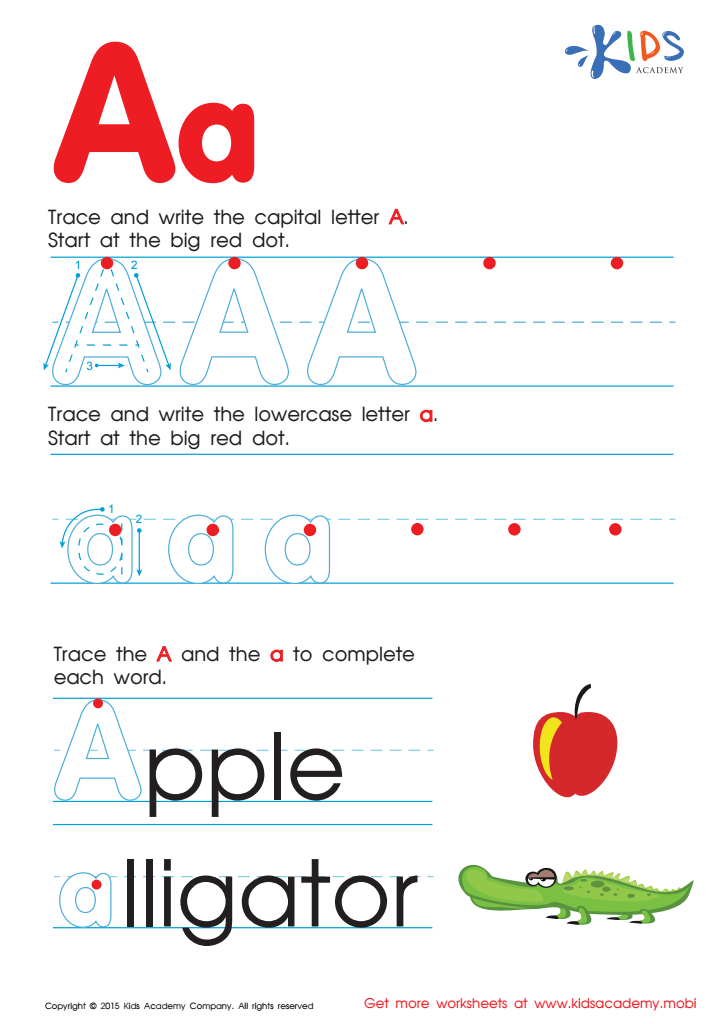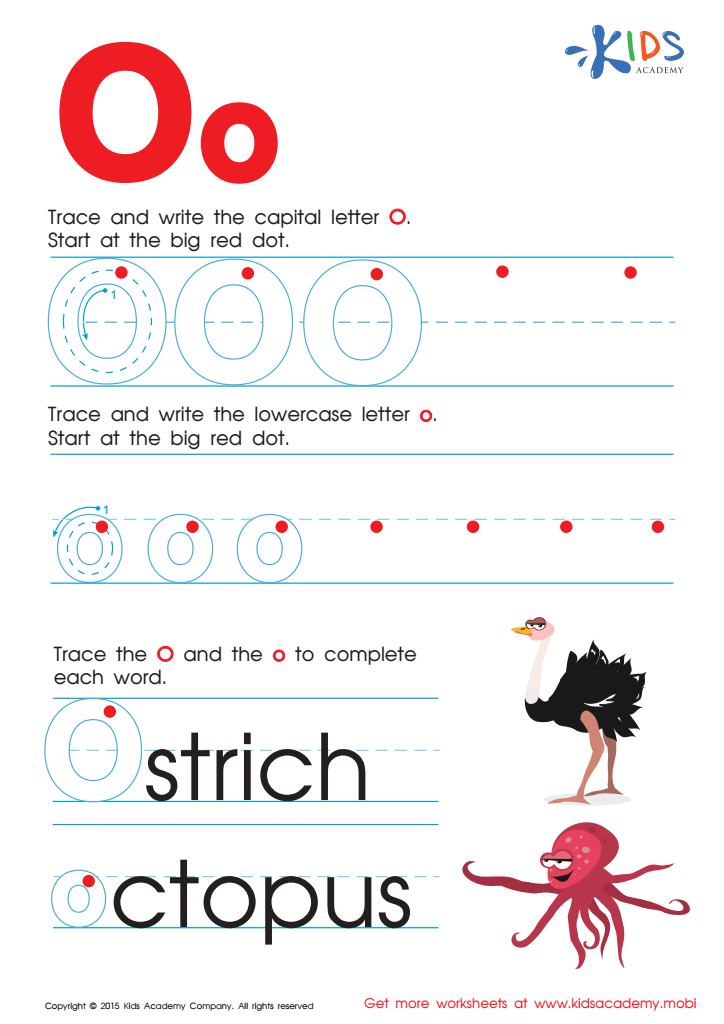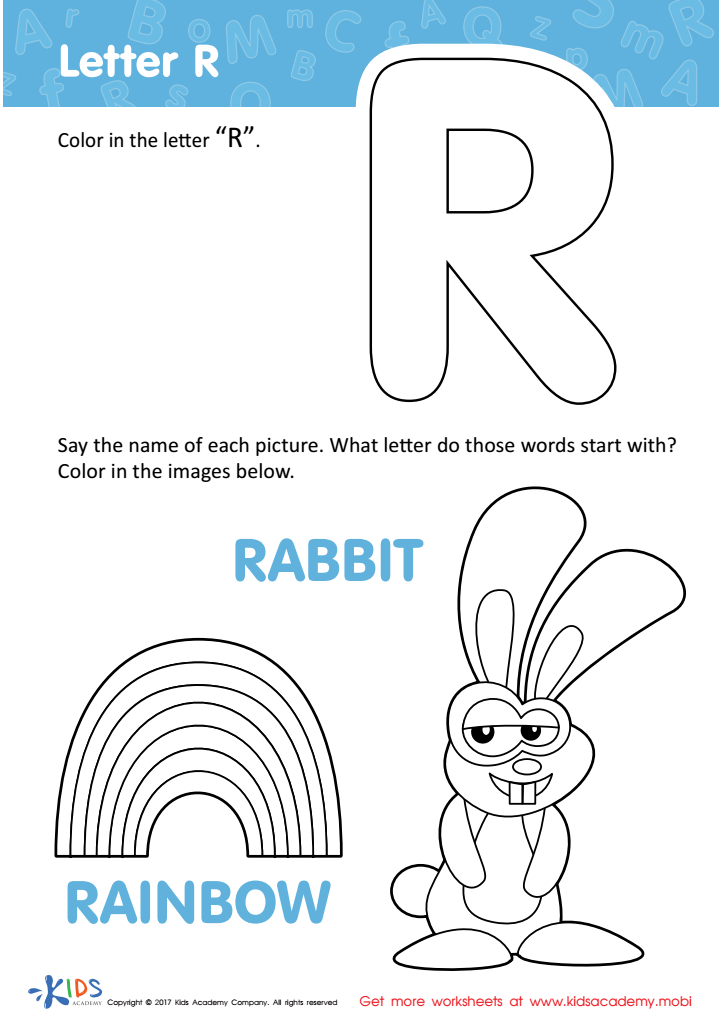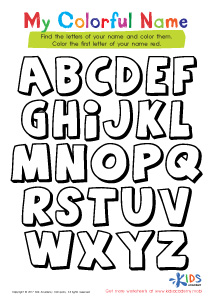Hand-eye Coordination Grade 2 Letter Recognition Worksheets
7 filtered results
-
From - To
Enhance your second grader's hand-eye coordination with our engaging letter recognition worksheets! Specifically designed for grade 2, these printable activities help students practice identifying and writing letters while strengthening their fine motor skills. Through a variety of fun exercises, children will build confidence as they improve their ability to connect visual cues with their motor responses. Our worksheets promote active learning and retain children's interest, making mastering the alphabet enjoyable. Perfect for classroom use or at-home practice, these resources are an essential tool for every educator and parent aiming to support their child's literacy development. Download them today!


Letter A Tracing Page


Letter O Tracing Page


Letter P Tracing Page


Letter T Coloring Sheet


Letter H Tracing Page


Letter R Coloring Sheet


Letter D Tracing Page
Hand-eye coordination is an essential developmental skill that significantly impacts a child's ability to learn, particularly in grade 2 when letter recognition is crucial. At this stage, children are refining their reading and writing skills, and hand-eye coordination plays a vital role in enabling them to trace letters, form words, and ultimately write sentences.
Parents and teachers should care about this skill because strong hand-eye coordination promotes a child's confidence and competence in literacy tasks. When children can effectively coordinate their visual and motor skills, they are better able to recognize letters, which aids in reading fluency and comprehension. Enhanced coordination also assists in other activities such as typing, drawing, and even participating in sports, contributing to overall school performance and social engagement.
Inadequate hand-eye coordination can result in frustration and a lack of motivation, leading to potential barriers in academic success. By fostering this skill through interactive activities—like drawing, playing catch, or engaging in arts and crafts—parents and teachers provide a supportive environment that boosts children's learning potential and well-being. Ultimately, nurturing hand-eye coordination lays the foundation for successful literacy development and lifelong learning.

 Assign to My Students
Assign to My Students















